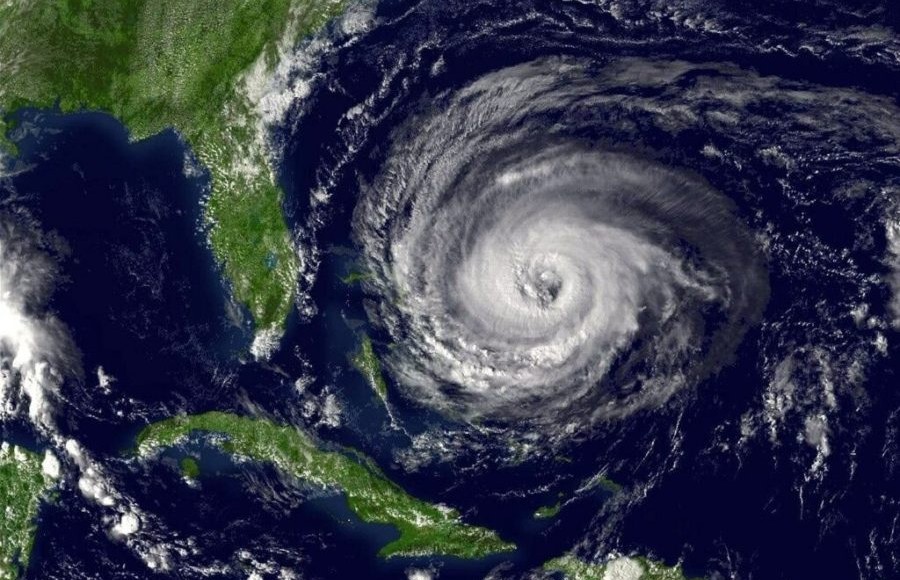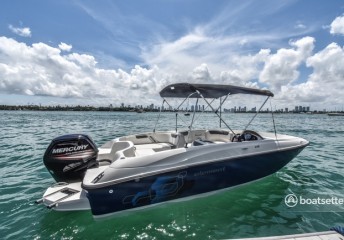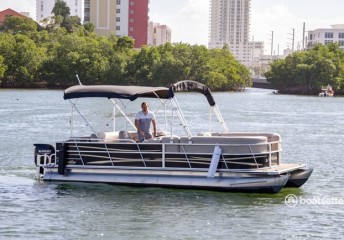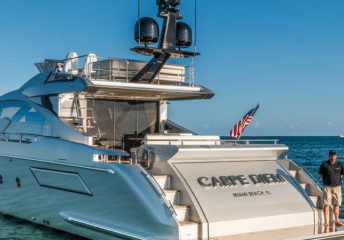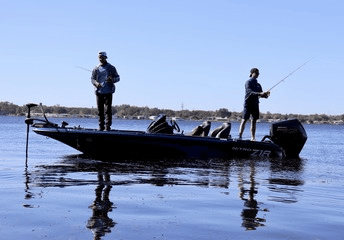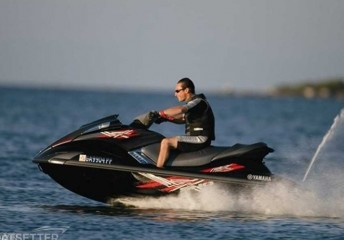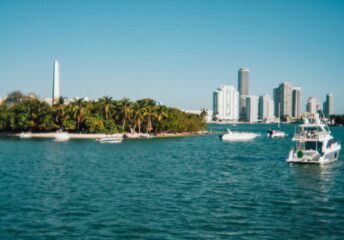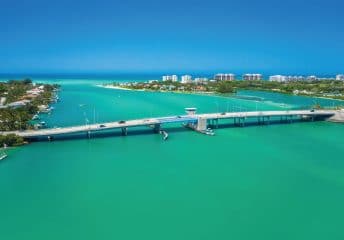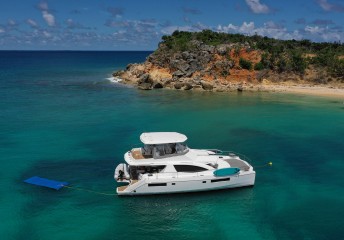Hurricane Season Prep: 10 Essential Tips for Coastal Boat Owners

Table of Contents
ToggleLast Updated on June 26, 2025 by Boatsetter Team
Whether your boat is docked in a slip, moored in open water, or stored on land, hurricane prep is essential for protecting your vessel and the surrounding environment. With the Atlantic hurricane season running from June 1 to November 30, and the Eastern Pacific season from May 15 to November 30, Boat Owners on both coasts should be ready well before peak storm activity. Want to know what forecasters are saying about this year’s season? Read our 2025 Hurricane Season Outlook featuring Tropical Storm Andrea
Here are 10 essential tips to help you prepare your boat for hurricane season.
1. Monitor NOAA forecasts regularly
Stay informed by checking updates from the National Oceanic and Atmospheric Administration (NOAA). This includes tracking active systems, watches, and warnings relevant to your marina, mooring location, or haul-out yard. Reliable forecasts help you act early before conditions become dangerous.
2. Know your marina’s risk profile
Evaluate your marina’s natural protection. Is it in a protected bay, or is it open to surge and wind? If the latter, plan to move your boat to a more sheltered area or haul it out entirely ahead of a storm.
3. Use high-quality dock lines
Select strong, marine-grade lines with some stretch to absorb shock loads. Double or triple up, and adjust angles to reduce chafe. Add anti-chafing sleeves or even wrap towels or hose around critical areas.
4. Reinforce cleats and attachment points
Inspect your cleats to make sure they’re securely mounted. Through-bolted cleats with backing plates offer the best strength. If possible, tie off to pilings rather than dock cleats for more stability.
5. Strengthen your anchoring setup
If your boat is moored, upgrade to a helix anchor for superior holding power. Use chain between your anchor and rope rode to reduce underwater chafing. Avoid rocky bottoms where anchors may drag or damage your hull if surge levels drop.
6. Haul out early (if possible)
Getting your boat out of the water is often the safest move — especially in regions prone to surge and flooding. Work with your local yard to schedule early haul-outs, as demand spikes quickly once a storm is forecasted.
7. Secure dry-stored boats to the ground
If your boat is on land, strap it down with heavy-duty hurricane-rated tie-downs. Boats on trailers should also be blocked, and wheels chocked or removed if possible. Position your boat above likely storm surge levels.
8. Strip down and stow loose gear
Remove canvas covers, biminis, electronics, cushions, life jackets, and anything else that could blow away or catch wind. The fewer items on deck, the lower the risk of damage.
9. Document your boat’s condition
Take detailed, time-stamped photos of your boat from multiple angles — inside and out. Save them to a cloud service or waterproof drive. These will be invaluable for insurance purposes if your boat is impacted.
10. Never stay onboard during a storm
Even for seasoned boaters, staying with your vessel during a hurricane is incredibly dangerous. Storm surge, downed power lines, and flying debris are serious threats. Prioritize your safety and evacuate according to local guidance.
Storm seasons can be unpredictable, but your prep doesn’t have to be. Following these guidelines — and monitoring forecasts from trusted sources like NOAA can greatly improve your boat’s chances of riding out the storm safely.

Boatsetter empowers people to explore with confidence by showing them a world of possibility on the water. Rent a boat, list your boat, or become a Boatsetter captain today.
